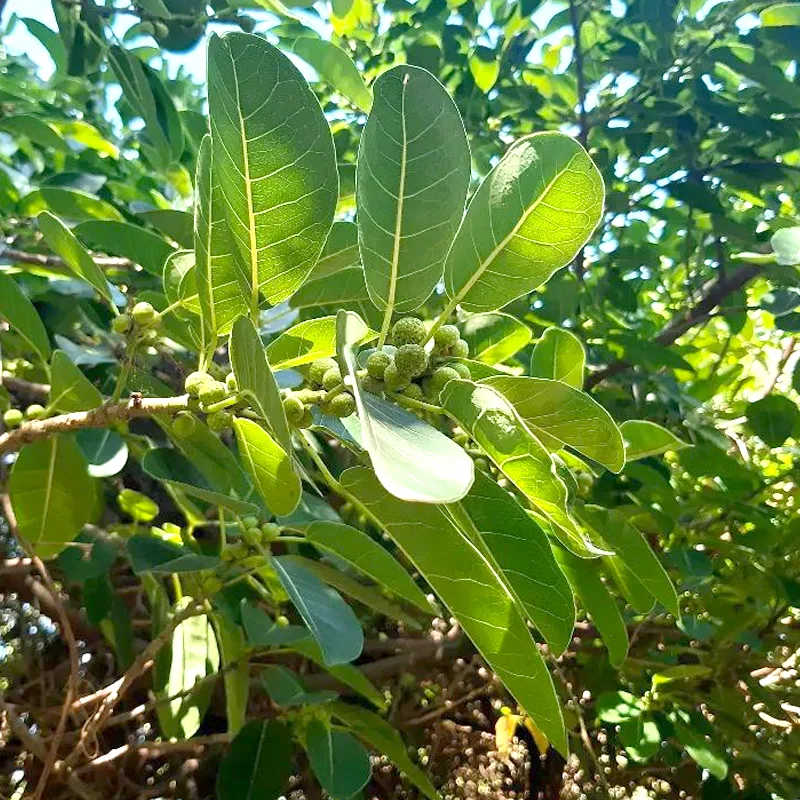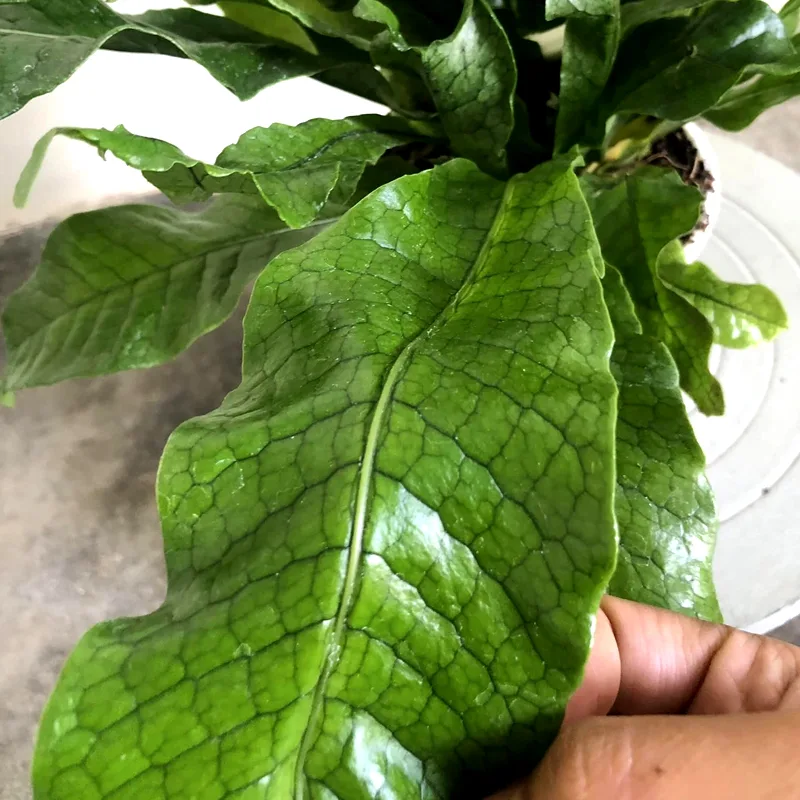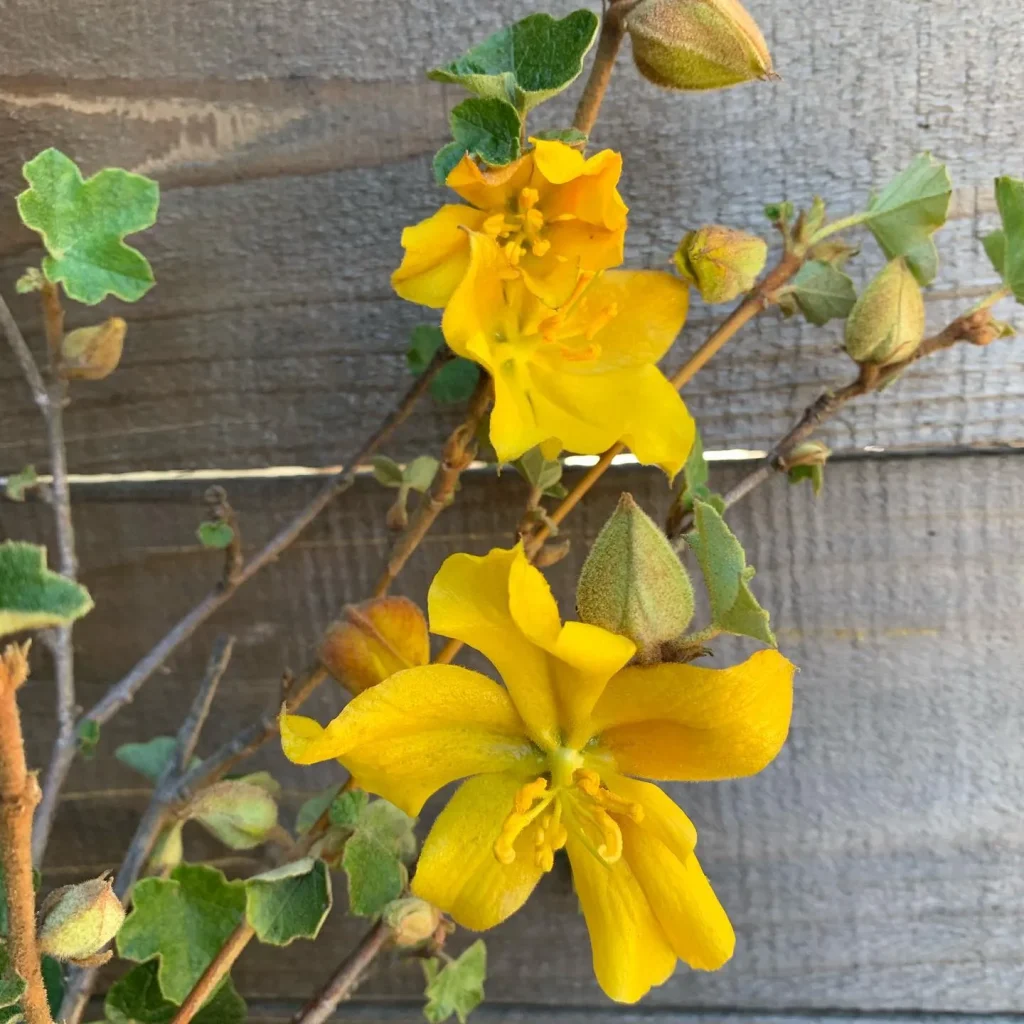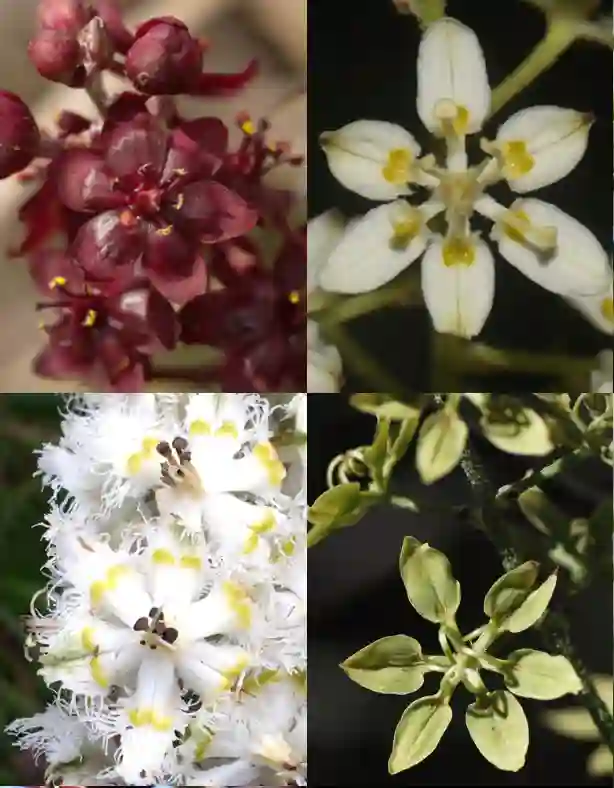How to care for Geogenanthus ciliatus?
The Geogenanthus ciliatus, also known as the Geo plant, is a beautiful and relatively easy-to-care-for indoor plant known for its decorative foliage. Here’s a guide on how to keep your Geogenanthus ciliatus happy and thriving:
3 Species in Genus Geogenanthus
Light:
- Geogenanthus ciliatus prefers bright, indirect sunlight. Avoid harsh afternoon sun, especially in hot climates. Direct sunlight can scorch the leaves. Think of its natural habitat – the understory of South American rainforests.
- If the leaves start to lose their vibrancy or curl, it might be receiving too much light. You can try moving it further away from a window or filtering the incoming light with a sheer curtain.
Watering:
- Keep the soil consistently moist but not soggy. These plants prefer humidity but don’t want to sit in constantly wet soil.
- Allow the top inch of soil to dry out slightly between waterings. You can stick your finger into the soil to check for moisture.
- Avoid overwatering, which can lead to root rot.
Humidity:
- Ideally, Geogenanthus ciliatus prefers moderate to high humidity levels (around 60-90%).
- If your home environment is drier, you can increase humidity around the plant using a pebble tray with water or a humidifier.
- Grouping your Geo plant with other humidity-loving plants can also help create a more humid microclimate.
Temperature:
- These plants thrive in warm temperatures between 60-75°F (15-24°C). Protect them from cold drafts and avoid placing them near air conditioners or heaters.
Fertilizer:
- Geogenanthus ciliatus is not a heavy feeder. You can fertilize it monthly during spring and summer with a diluted, balanced fertilizer. Avoid fertilizing during fall and winter.
Soil:
- Use a well-draining potting mix. A common recommendation is a general purpose potting mix with added perlite or orchid bark for extra drainage.
Repotting:
- Repot your Geogenanthus ciliatus every 1-2 years or when the roots outgrow the pot. Choose a pot that’s only slightly larger than the current one.
Pruning:
- Pruning is not strictly necessary, but you can trim back leggy stems to maintain a bushier shape. Prune with sharp shears during spring or summer.
Additional Tips:
- Wipe down the leaves occasionally with a damp cloth to remove dust and improve their appearance.
- Watch for common houseplant pests like mealybugs or scale insects. You can treat them with insecticidal soap or neem oil if spotted.
How to propagate Geogenanthus ciliatus?
To propagate Geogenanthus ciliatus, I start by carefully selecting a healthy, mature plant. I gently take a cutting from a stem, making sure it has a few leaves attached. Then, I place the cutting in water, ensuring the leaves remain above the waterline while the stem is submerged. I keep it in a bright spot but out of direct sunlight and change the water every few days to prevent stagnation. After a few weeks, once the cutting has developed roots, I transplant it into a small pot filled with well-draining potting mix. Keeping the soil moist and providing indirect light helps it thrive.
Where to buy Geogenanthus ciliatus?
Finding Geogenanthus ciliatus can be a bit of a treasure hunt, but I’ve had the best luck checking out specialty plant shops and online plant retailers. I also joined a few plant enthusiast groups on social media where people sometimes sell or trade rare plants. Local plant nurseries sometimes have them in stock, especially those that specialize in exotic or tropical plants. Once, I got really lucky and found a beautiful specimen at a local plant swap event. Keeping an eye on different sources and being part of plant communities has been key to my success in finding this unique plant.
If i die, water my plants!



